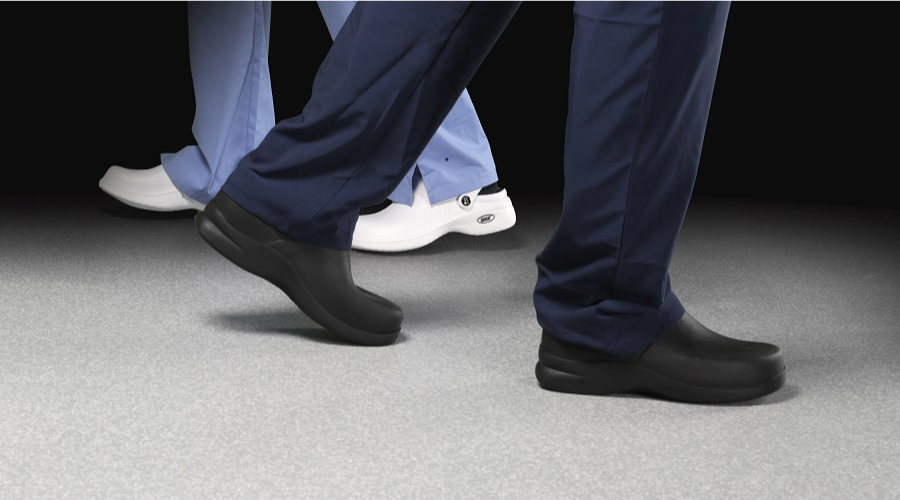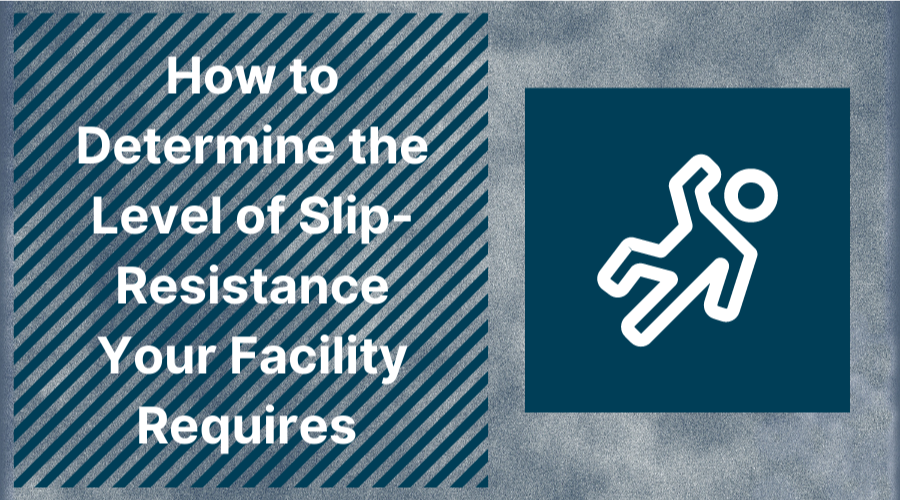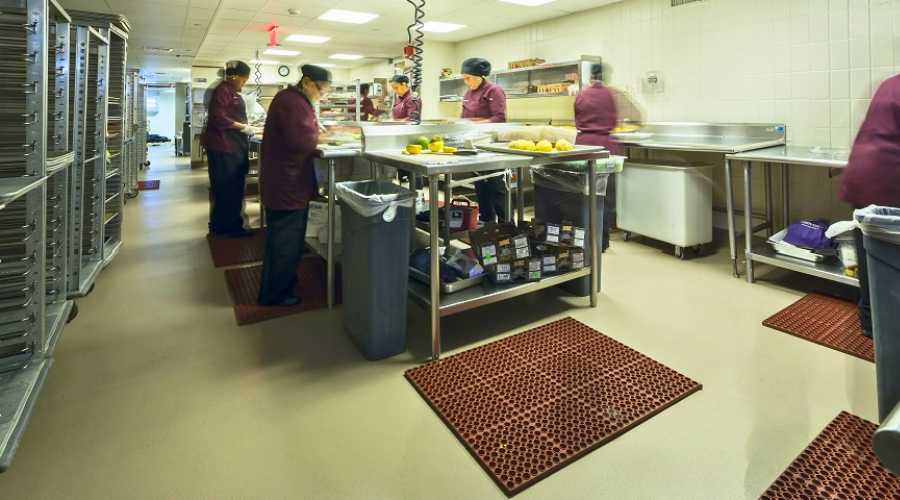Table of Contents:
Table of Contents:
How Can Flooring Prevent Slip-And-Fall Accidents?
Watch StonTalks: All About Texture in Resinous Floors
Resinous floors come in a variety of styles, offering options from a smooth surface to highly textured surfaces. Depending on the area or space for installation and the level of texture required, resinous floors can be customized to support the safety of those walking over the surface. Slip-and-fall accidents can injure workers, guests, or customers putting the company at risk and disrupting operations. Nearly 700 workplace fatalities each year – 15% of all workplace deaths -- are caused by slips, trips and falls, according to OSHA.[1]
Areas that are high in foot traffic or are prone to spills may pose slip hazards if they have floors with insufficient texture. This texture can be achieved through several methods, including:
1. Aggregate Broadcast
During the installation process, aggregates such as quartz, silica sand, or aluminum oxide can be broadcast onto the resinous coating while it is still wet. These aggregates become embedded in the coating, creating a textured surface that enhances traction.
2. Non-Slip Additives
Non-slip additives can be mixed directly into a resinous coating before application. These additives typically consist of particles or granules that create a rougher surface texture, improving grip and reducing slipperiness.
3. Topical Sealers
In some cases, a clear, non-slip sealer can be applied over the resinous floor to provide additional texture and slip resistance. These sealers contain additives that create a micro-textured surface without altering the appearance of the underlying floor.
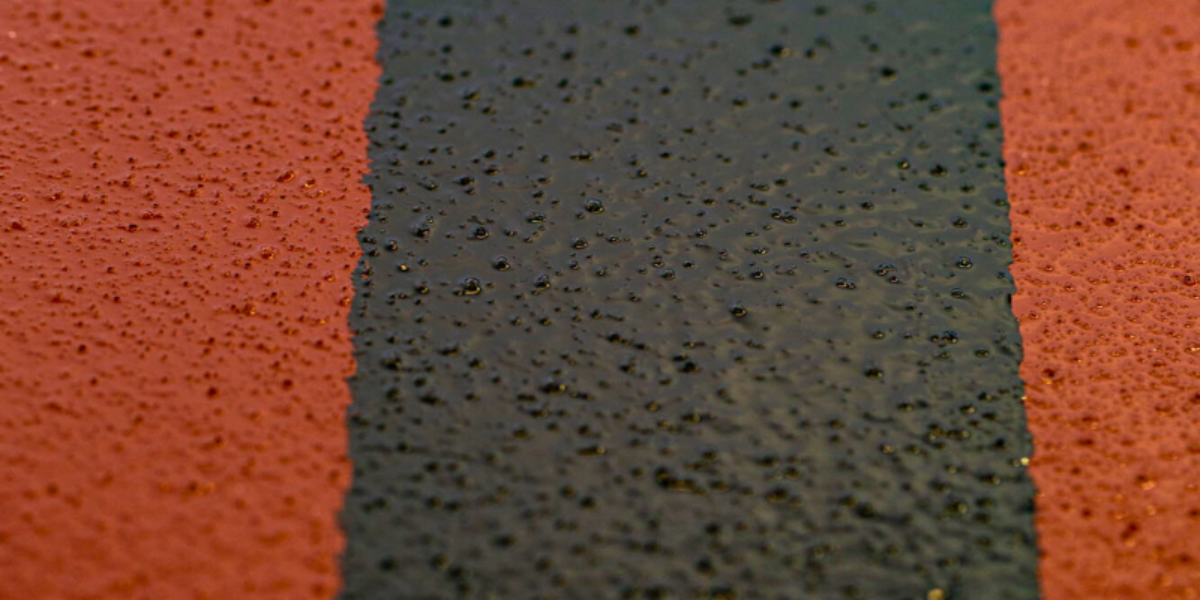
How Much Texture Do You Need?
The choice of texture depends on various factors, including the intended use of the space, environmental conditions and aesthetic preferences. For areas prone to moisture, spills or heavy foot traffic, a more aggressive texture may be necessary to ensure adequate slip resistance. Conversely, in environments where aesthetics are more important, a subtle texture that preserves the sleek appearance of the floor may be preferred.
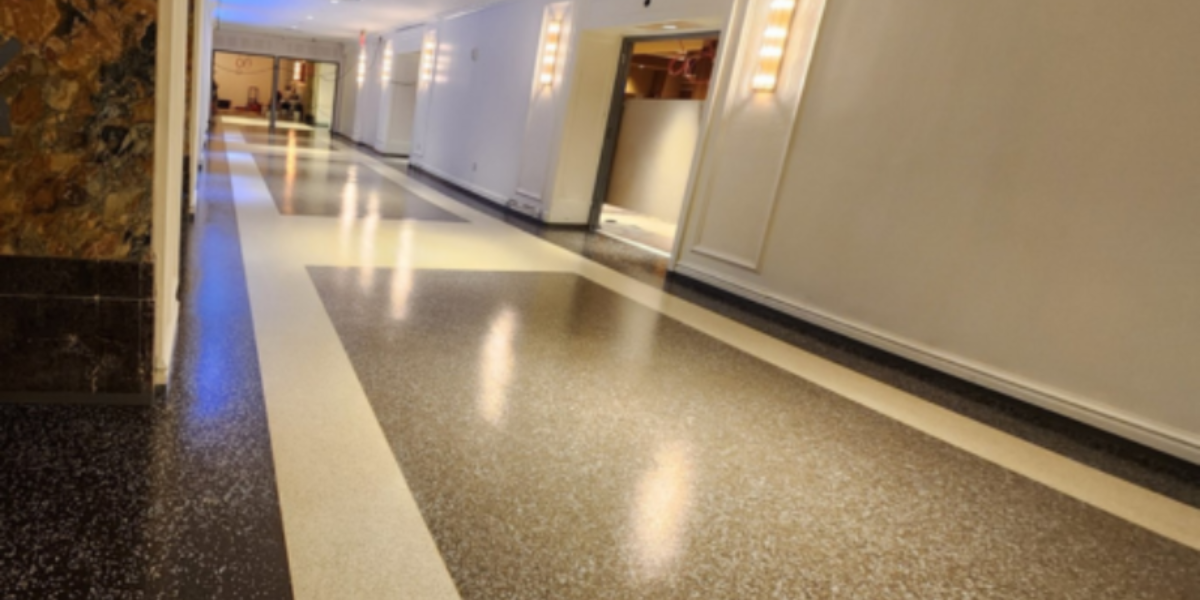
While texture enhances slip resistance, it must be balanced with other considerations like cleanability and hygiene. Excessive texture can trap dirt and debris, making the floor more difficult to clean and maintain. Therefore, finding the right balance between texture and practicality is key to achieving both safety and functionality in resinous flooring systems.
Have a question about an upcoming project or your current flooring needs?
Click here to reach out to your local Stonhard representative.
Related Articles
Loving this Content?
Subscribe to upcoming topics!


